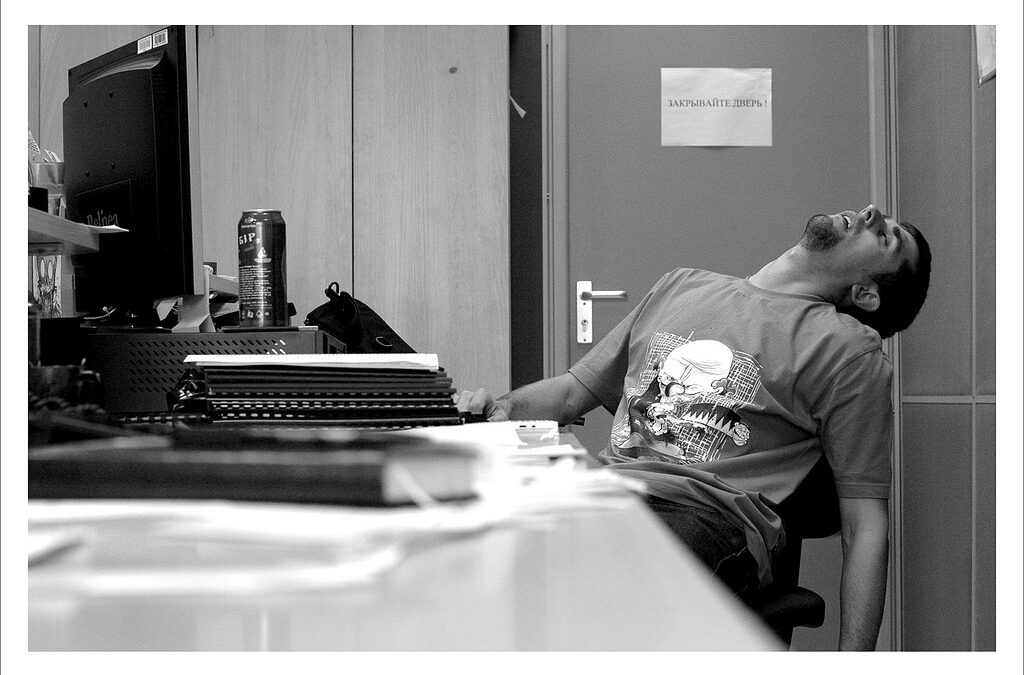If you work on organizational culture, at some point or another you will focus on organizational values. I tend to use the word “valued,” rather than “values” (see my video here for more on that), but either way, what we end up talking about are our aspirations. Our ideals. The good stuff. That is important, but it has a down side that is not acknowledged enough: aspirational isn’t enough–it also needs to work.
A good culture or a strong culture is not just one that everyone feels good about or has a strong connection to. It has to actually produce results. Your culture must connect what is deeply valued internally to what drives the success of the enterprise.
For example, I worked with a small nonprofit organization that was providing outsourced services to a much larger organization. That put them in a tough spot, because part of their job was to be small and focused and nimble (since they were a small group), but another part of their job was to be properly integrated with the much larger bureaucracy. They had to do both, and that meant maintaining a constant “delicate balance” between competing factors in everything they did.
So in conversations about their culture and what they valued internally, they needed to focus on that issue of maintaining a delicate balance. While they valued things like collaboration and communication, this delicate balance issue brought one internal value to the top of their list: we have each other’s backs. In a system where you’re constantly balancing things, you cannot afford to waste time dealing with internal politics, behind-the-scenes attacks, or internal conflict gone bad. You need a system where everyone is supported, or the whole delicate balance thing starts to break down. It wasn’t enough to pick the values that they all liked–they had to focus what they value on the thing that had the biggest impact on their success.
When you do a culture assessment, remember that. That report you get that tells you what your culture is might end up being useless if you don’t connect it to what truly drives your success. Our assessment typically takes a little bit longer, because we include that qualitative piece where we talk to staff and even some customers/members to get clearer on the “what drives success” part and how that connects to the culture. It’s the only way you’ll come up with a change plan that will actually produce results.

